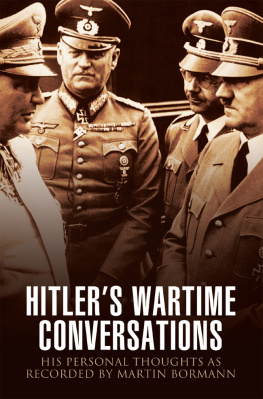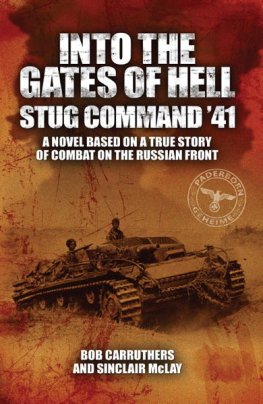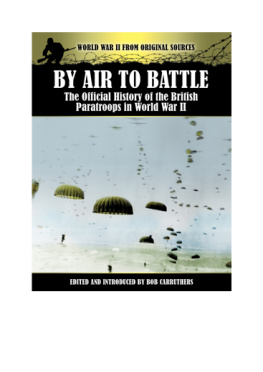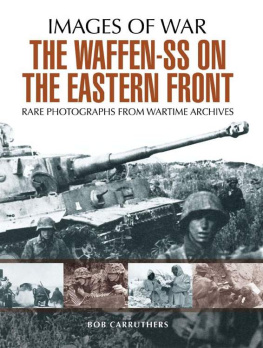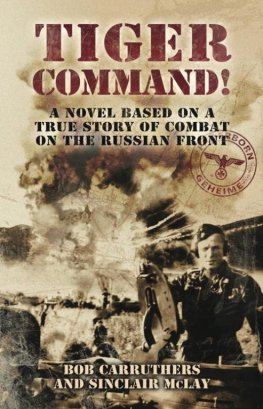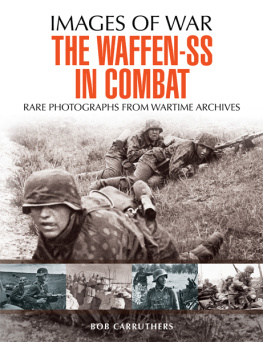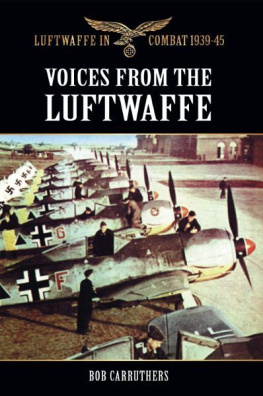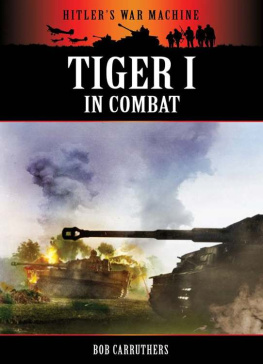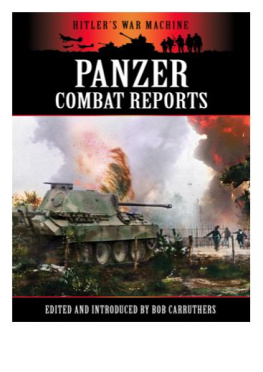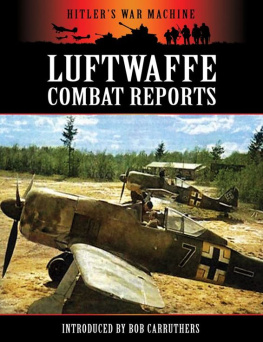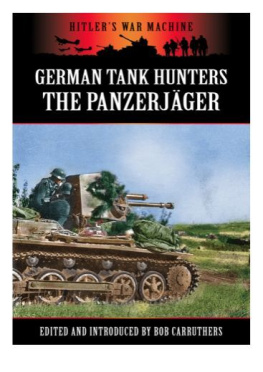This edition published in 2013 by
Pen & Sword Military
An imprint of
Pen & Sword Books Ltd
47 Church Street
Barnsley
South Yorkshire
S70 2AS
First published in Great Britain in 2011 in digital format by
Coda Books Ltd.
Copyright Coda Books Ltd, 2012
Published under licence by Pen & Sword Books Ltd.
ISBN: 978 1 78159 214 4
EPUB ISBN: 978 1 47384 534 3
PRC ISBN: 978 1 47384 542 8
A CIP catalogue record for this book is
available from the British Library
All rights reserved. No part of this book may be reproduced or transmitted in any form or
by any means, electronic or mechanical including photocopying, recording or by any
information storage and retrieval system, without permission from the Publisher in
writing.
Printed and bound in India
By Replika Press Pvt. Ltd.
Pen & Sword Books Ltd incorporates the Imprints of Pen & Sword Aviation, Pen &
Sword Family History, Pen & Sword Maritime, Pen & Sword Military, Pen & Sword
Discovery, Pen & Sword Politics, Pen & Sword Atlas, Pen & Sword Archaeology,
Wharncliffe Local History, Wharncliffe True Crime, Wharncliffe Transport, Pen & Sword
Select, Pen & Sword Military Classics, Leo Cooper, The Praetorian Press, Claymore
Press, Remember When, Seaforth Publishing and Frontline Publishing
For a complete list of Pen & Sword titles please contact
PEN & SWORD BOOKS LIMITED
47 Church Street, Barnsley, South Yorkshire, S70 2AS, England
E-mail:
Website: www.pen-and-sword.co.uk
CONTENTS
INTRODUCTION
I N A CAREER marked by a litany of mistakes, surely Hitlers biggest mistake of all was to drag a reluctant US into World War II. Even after the Japanese attack on Pearl Harbour Hitler still had the option to keep the US out of the war. In a typical act of delusion Hitler, on 11th December 1941, declared war on the largest industrial nation on earth. From that moment onwards the fate of Nazi Germany was sealed. It took some months to awake the sleeping giant, but once the US juggernaut began to roll the end result of World War II was never in question.
While the US was busy assembling its new armies, navies and air forces, the US Intelligence Service was already beginning to gather intelligence on its new enemy. This information was collated and disseminated to the troops who needed it, in the form of two main monthly intelligence bulletins. These were Tactical and Technical Trends which first appeared in June 1942 and the Intelligence Bulletin which began to appear from September 1942 onwards.
The main focus for the US was initially on the war with Japan and a great majority of the early reports are concerned with the war in the Pacific. However, as America began to come up to speed US forces were soon engaged in North Africa, followed by Sicily, Italy and finally Northern Europe. As the war progressed the requirement for good intelligence of German battlefield tactics became more and more important and in consequence there are more and more reports of German fighting techniques available to us. The vast majority of those reports concerned the fighting in Russia and it is those reports which form the bulk of what you are about to read here.
The material for the two US intelligence journals was originally collected from British combat reports, German newspapers, captured German documents, German training manuals and Soviet sources. As such the quality of much of what was printed was highly variable, some reports are very accurate, while in others, the precision of the information is questionable to say the least, but thats what makes these reports so fascinating. Regardless of the overall accuracy this is a priceless glimpse into how the men in the front lines learned about their enemy, and as such it presents us with a invaluable insight into how the events of the Eastern Front were perceived at the time when they actually unfolded. The reports also provide us with a host of information concerning the minor aspects of the thousands of tactical combats being waged day in and day out which expand our knowledge of the realities of the fighting in Russia.

Thank you for buying this book. I hope you enjoy reading these long forgotten reports as much as I enjoyed discovering them and collating them for you. Other volumes in this series are already in preparation and I hope you will decide to join me in other discoveries as the series develops.
Bob Carruthers
1. SOME BASIC GERMAN TACTICS
Tactical and Technical Trends
The following are summaries of certain phases of basic German tactics.
a. The Meeting Engagement
(1) A meeting engagement means that a commander dispenses with preliminary preparations, and deploys straight into battle. Careful coordination and a determination to succeed on the part of all concerned will compensate for the absence of preliminary preparations.
(2) A commander will not commit himself to a meeting engagement unless either:
(a) he feels that his troops and leadership are superior to that of the enemy (this does not necessarily mean a numerical superiority) or;
(b) he would, by waiting to launch a deliberate attack, sacrifice ground which he cannot afford to lose.
(3) Sound tactical decisions in the initial stages are essential. Mistakes cannot afterwards be rectified. The worst mistake of all is hesitation.
(4) The advance guard will delay the enemy and seize important positions, e.g., for artillery OPs. It may therefore:
(a) attack with a limited objective;
(b) defend its existing positions;
(c) withdraw to more favorable positions. (Withdrawal is likely to hinder the deployment of the main body.)
(5) The main body will deploy immediately. To wait for further information in the hope of clarifying the situation is wrong. Time will be lost and lost time can never be regained. The time available determines whether the commander should concentrate his troops before launching them to the attack, or launch them on their tasks as they become available.
(6) The meeting engagement will normally take the form of a frontal attack by the advance guard, combined with one or more enveloping attacks by the main body.
b. The Deliberate Attack
(1) The object of the attack is to surround and destroy the enemy.
(2) A strong, rapid, enveloping attack can be decisive, provided that it really gets to grips with the enemy, and that the enemy is pinned down by frontal pressure which will be exercised mainly by fire.
(3) Enveloping forces must move in depth if they are not to be themselves outflanked. All enveloping attacks ultimately become frontal.
(4) In all attacks, the commander will select a Schwerpunkt or point of main effort, where the bulk of his forces will be employed. (A commander without a Schwerpunkt is like a man without character.) The considerations when choosing this point are:
(a) Weaknesses in the enemy defense;
(b) Suitability of the ground for cooperation of all arms, but especially for tanks;
(c) Avenues of approach;
(d) Possibilities of supporting fire, especially by artillery.
(5) Boundaries and objectives are allotted to attacking units. This does not mean, however, that a unit must cover the whole ground within its boundaries with troops. It will choose within its boundaries the best line, or lines of advance, and dispose its troops accordingly. A Schwerpunkt battalion can be allotted about 450 yards of front, while a battalion which is attacking in the non-Schwerpunkt area may be given 1,000 yards or more.



